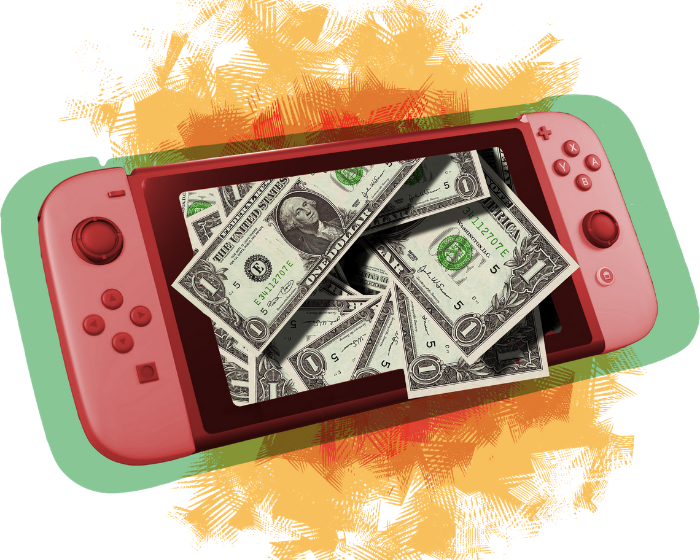A look at a free internet
By Collin Urban
Network Neutrality is a subject that has attracted a lot of attention from the public. Recently, its main principles have been officially passed into law as part of the Federal Communication Commission’s move to reclassify the internet as a utility.
At its most basic level, Net Neutrality is the idea that Internet Service Providers must treat all legal internet traffic equally. It’s an idea that has been law in the European Union for quite some time, and has been standard FCC practice before 2014, when the practice was deemed illegal.
Previously, the internet was classified under section 706 of the 1996 Telecom Act, which did not give the FCC the legal power to apply regulations such as Net Neutrality as shown in the 2014 court case Verizon Communications Inc. V. FCC. Now, the internet is classified under Title II of the 1934 Communications Act.
Many companies, such as Google and Netflix, have lobbied strongly for Net Neutrality. In the past, ISPs have demanded an extra fee in exchange for handling the high traffic of the services such companies provide. This cost is typically passed onto the consumers.
FCC Chairman Tom Wheeler commented that his decision to back Net Neutrality comes partly from his experience running a failed start up called NABU. He claims that while NABU (at the time a competitor with AOL) provided a service that was hundreds of times faster than AOL for a similar cost, NABU went bankrupt. The reason for this is that NABU had to get permission from closed networks, cable providers, while AOL had access to open networks, phone lines.
It’s important to note that phone lines were, and continue to be, regulated under Title II. Thus the chairman, and by extension the FCC, believes that the internet should be an open system, as it helps foster competition.
Net Neutrality prevents the internet from being cut into sections like cable TV. If ISPs followed this model, they could essentially charge the consumer a flat rate for a “basic” package, then charge additional fees for “premium” websites. This is accomplished by lowering the servicing upload/download speeds for certain domains (a website and related web pages/servers) to a practically unusable level. Companies like Telco ADSL drew up plans for that type of service structure, but never implemented it.
The concept of segregating the internet led to outcry from numerous supporters for a free internet, which lead to some of the largest public involvement in this decade; almost 4 million Americans commented on the Net Neutrality proceedings.
The recent changes will not solve all of the US’s internet woes, such as the continuing problem of so called Last Mile costs, which is the issue of who will pay the to lay cabling to sparsely populated areas in the countryside, but activists believe that the recent changes removes the more immediate threats to a free and open internet. Finally, the FCC has also stated that it will continue to support Net Neutrality and other policies that allow for an open internet.






























